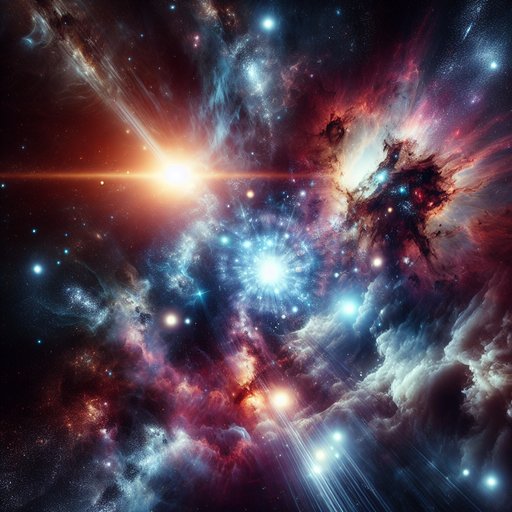
The advent of advanced telescopes has ushered in a new era of space exploration, transforming our understanding of the cosmos. These technological marvels, such as the Hubble Space Telescope and the upcoming James Webb Space Telescope, provide unprecedented insights into distant galaxies, nebulae, and celestial bodies, reshaping our perception of the universe.
The Hubble Space Telescope, launched in 1990, has been instrumental in numerous groundbreaking discoveries. Its high-resolution images have helped scientists determine the rate of expansion of the universe, identify distant galaxies, and study the life cycles of stars. Moreover, Hubble's observations have contributed to our understanding of dark matter and black holes. The James Webb Space Telescope, set to launch in 2021, promises to further revolutionize our understanding of the cosmos.
Designed to observe the universe in the infrared spectrum, it will allow scientists to peer further back in time, to the era of the universe's first galaxies. These telescopes have also played a crucial role in the discovery and study of exoplanets. By detecting subtle changes in starlight as planets pass in front of their host stars, astronomers have been able to identify thousands of these distant worlds, some of which may have conditions suitable for life. In conclusion, the power of modern telescopes has transformed our view of the cosmos, revealing a universe far more complex and dynamic than previously imagined.
As technology continues to advance, we can expect even more exciting discoveries in the years to come.












































